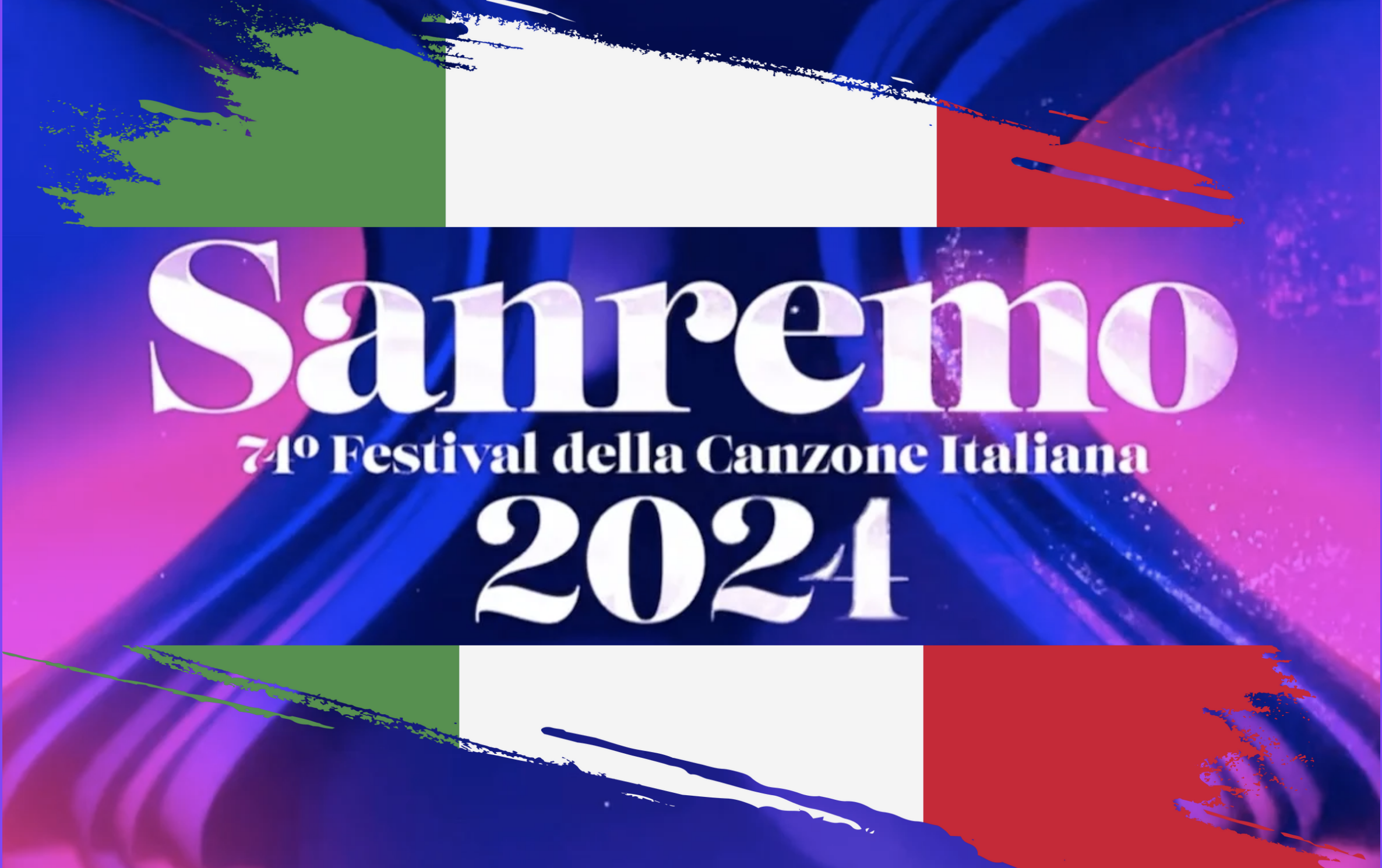To be a child in Nigeria is both beautiful and satisfying to a large extent…

The Sanremo Festival relaunches the question: who is the real Italian?
Sanremo, February 2024 – The annual Italian music festival has just ended, leaving behind a wave of controversies and reflections. Among the various discussions, one in particular has sparked debate: who is the real Italian?
The question has been raised by some competing artists, who have lamented the lack of representation of certain musical genres or cultures. Others have instead emphasized how the Festival has always been a stage open to different realities, capable of reflecting the complex soul of our country.
The real challenge for Sanremo will therefore be to find a balance between tradition and innovation, between mainstream and underground, between popularity and artistic research? To this newspaper, it doesn’t matter.
What matters instead is understanding how this movement of “national-popular consciousness” has been capable of opening up much deeper and sociological reflections:
- Is the “true” Italy multiethnic?
- Should Italian identity protect its cultural roots or allow contamination?
The answer probably lies in individual people, in recognizing Italianity in the attitudes of others or in self-considering oneself a true Italian, as the sense of identity is a purely subjective and personal matter.
However, in this examination, both the historical-cultural characteristics of a nation and the added value of cultural contamination from different countries must necessarily find space, as the latter has contributed to making our country what it is.
In recent decades, Italy has experienced a significant increase in immigration, leading to greater diversity in the population’s ethnicities. However, we must duly consider that the process of integration into the “bel paese” is still ongoing and undoubtedly presents many obstacles.
On the other hand, the question of protecting Italian culture as such is equally important and complex because while it is fundamental to preserve traditions and values that make us unique, it would be a mistake to close ourselves off by rejecting a priori confrontation with other cultures.
Indeed, “contaminations” become an integral part of a culture only when they are assimilated and shared by the majority of the people and endure over time. But how much time is needed considering that the widespread use of social media in the era of global information has exponentially accelerated assimilation times?
Is it therefore legitimate to think that the sedimentation of traits from different cultures has probably become faster?
So, who is the real Italian?
My opinion is that there is not a single answer, but rather the two strong concepts, namely that of “classic Italianity” and “modern Italianity,” concepts that clearly imply that the former must be protected and preserved by right and pride, while the latter should absolutely not involve any preclusion to the cultural enrichments of external contaminations.
Allow me then one last provocation:
if a “true Neapolitan” and a “true Milanese” rightly consider themselves true Italians, what unique characteristics should a true Italian have other than residing on the same Italian soil?
Italy and Italians are wonderful precisely because they are rich in their myriad of diverse characteristics.




